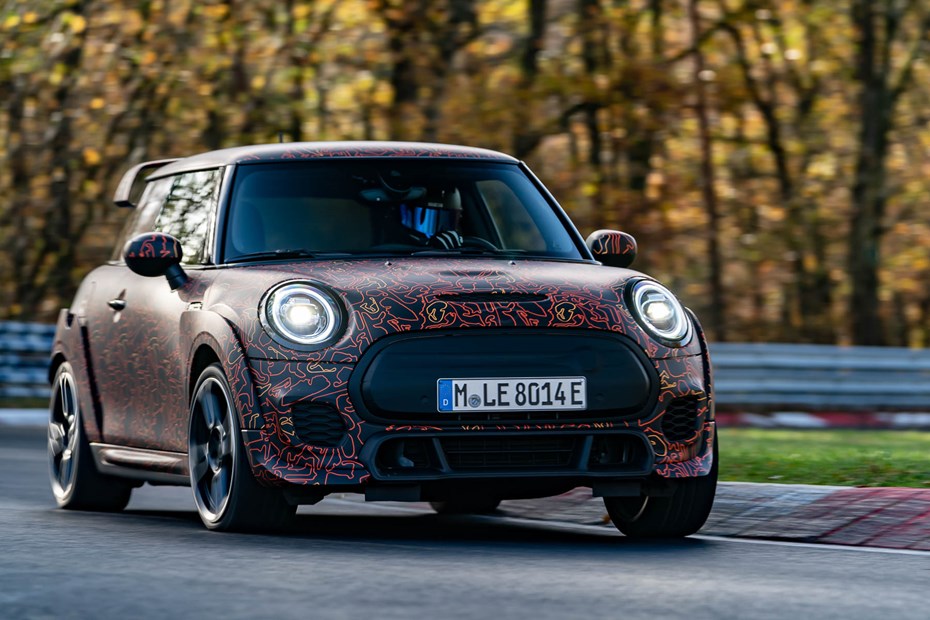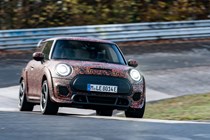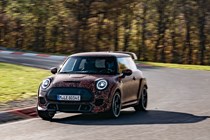With Government plans to ensure all new car sales are electrified by 2030, it’s not just the mainstream manufacturers that need to get their skates on – specialist tuners have to change with the times too…
When it comes to MINI, the Cooper name is arguably the strongest part of the brand DNA even without knowing the historic reasons. Whether you think of Cooper as a 1960s rally-legend, 21st-century track-tuning wizadry or simply a package of stripes and spotlights, the implied performance and sportiness for a MINI is as strong as baked beans needing some sort of tomato-based sauce.
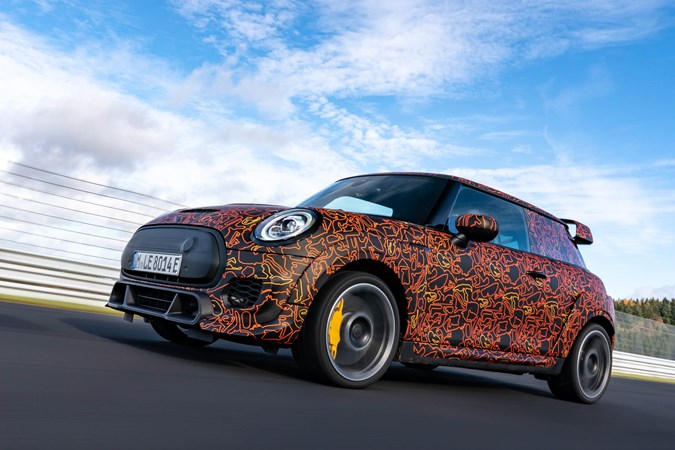
At this stage, many manufacturers are still trying to get the beans right in their battery electric vehicles, so the sauce is overlooked somewhat on the more affordable, small models. Porsche and Tesla are pretty much all sauce, after all, with crazy performance an expectation associated with electric cars thanks to the Ludicrous pace on offer.
Even the MINI Electric Cooper SE – the compact, zero-emission city hatchback – can sprint to 62mph in 7.2 seconds. Hardly the sort of speed you’d associate with a basic small car. But fortunately, John Cooper Works does a lot more than just cramming more horses under the bonnet.
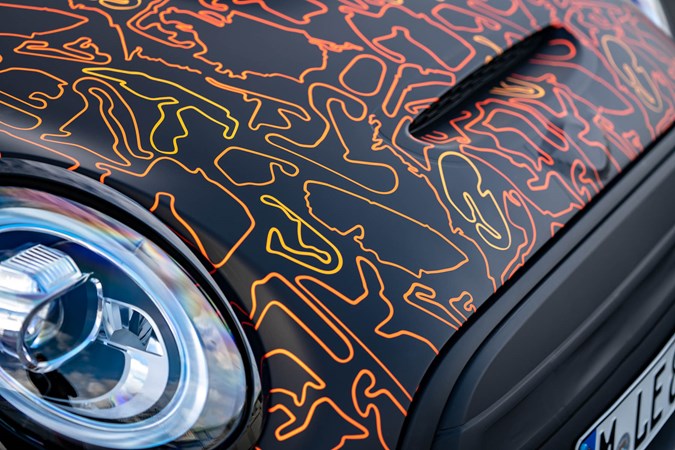
We have yet to see what JCW will do with the motor and batteries of the MINI Electric to create a car worthy of the John Cooper name, but looks-wise, it’s on the right track. A GP-style large spoiler, wider arches, intakes for uprated brakes and a central exhau…
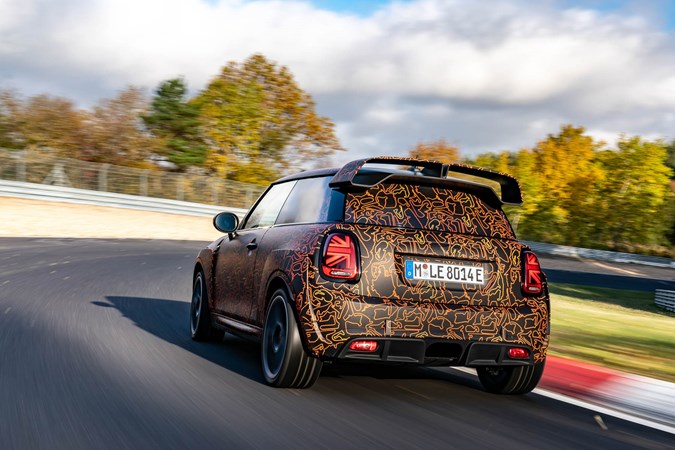
…okay, there’s no central exhaust, but there is a space where it should be highlighting that this JCW has no fire and brimstone under the bonnet, just a whirring motor and a lot of instant torque. We hope that detail remains given the current trend to hide exhausts even on cars that need them. It’s an iconic part of the MINI Cooper DNA, after all.
One of the reasons the potential performance upgrades are hard to predict is that adding more power also consumes more power. Given the MINI Electric’s already short range and compact dimensions, it’s hard to imagine getting bigger batteries in without upsetting the balance of the car.

So either the intention is to hold more speed through bends, and offer more excitement for the driver, or the car may be even more focused on track performance and intended more as a serious toy for motorsports with environmental concerns addressed, capable of short bursts of fast-pace. but not so suited to daily use.
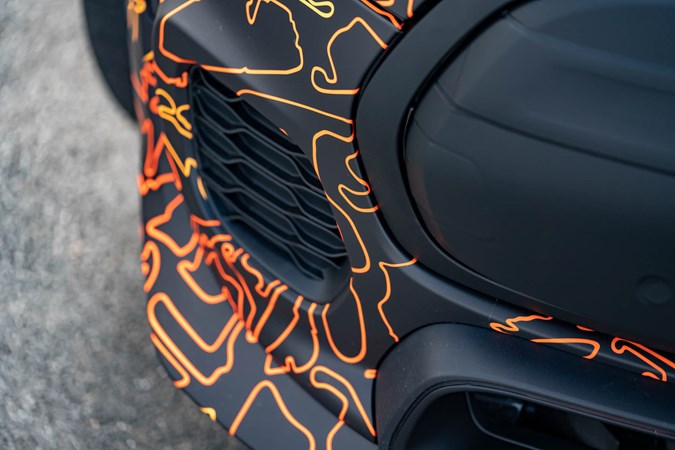
Either way, it’s a welcome announcement from MINI. We may be losing petrol in a few years, but manufacturers will still want to involve and excite drivers with sporty, clever and dramatic new cars.
More from Parkers:
>> MINI review, including John Cooper Works
Just so you know, we may receive a commission or other compensation from the links on this website - read why you should trust us.


